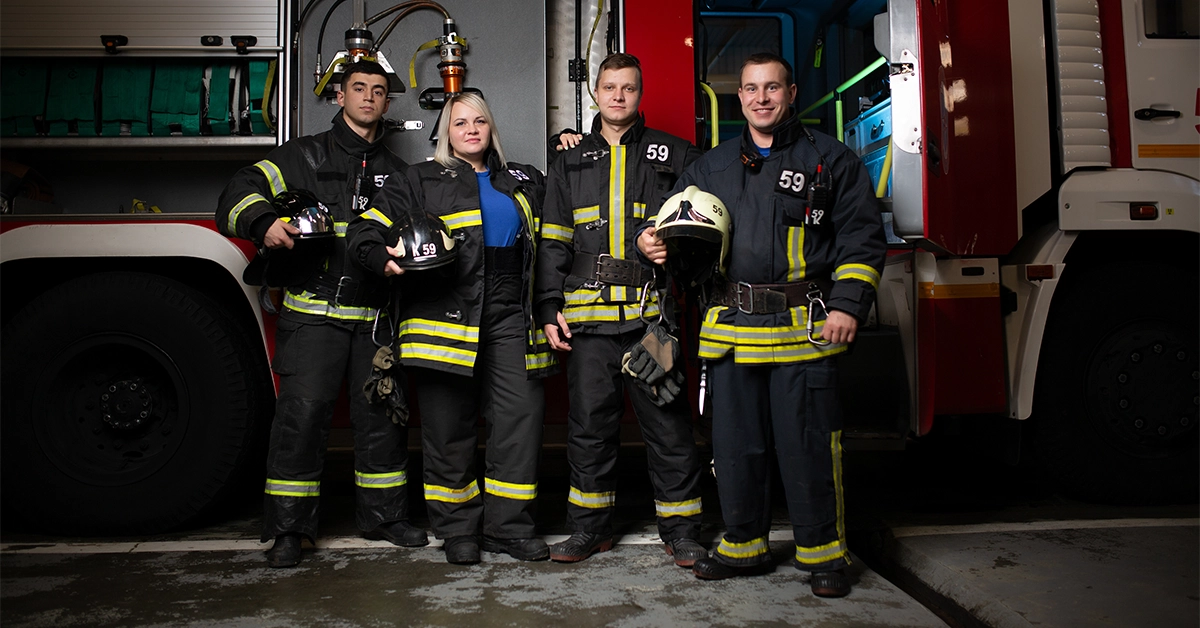Pet Safety in Disasters

Pets are part of your family. Remember to include them in your disaster preparation planning. For information on disaster planning and emergency actions to take for livestock, horses, birds, reptiles or other small animals, such as gerbils or hamsters, please visit the Humane Society of the United States
www.HSUS.org. According to the Red Cross, the most important thing you can do to protect your pets during a disaster is to find a safe location for them in the event your family must evacuate without them. If it's not safe for you to stay behind then it's not safe to leave pets behind either. Plan now so you can protect these family members when the unexpected occurs.


Find a Safe Place to Take Your Pets
- Local and state health and safety regulations do not permit the Red Cross to allow pets in disaster shelters. (Service animals are allowed in Red Cross shelters.)
- Contact hotels and motels outside your local area to check their policies on accepting pets and restrictions on number, size, and species. Ask if "no pet" policies can be waived in an emergency. Keep a list of "pet friendly" places, including phone numbers, with your disaster supplies.
- Ask friends, relatives, or others outside the affected area whether they could shelter your animals.
- Make a list of local boarding facilities, veterinarians, and animal shelters that are equipped to shelter animals in an emergency. Be certain to obtain a 24-hour phone number.
Prepare a Pet Emergency Kit
- Keep your pet's essential supplies in sturdy, mobile containers like duffel bags or covered trash cans. When making an emergency kit for your pet, include these items:
- Medications and medical records (stored in a waterproof container) and a First Aid kit.
- Sturdy leashes, harnesses, and/or carriers to transport pets safely and to help ensure that your animals do not get lost.
- Current photos of your pets in case they get lost. Consider uploading current photos to your social media sites to insure you have instant access in the event of a disaster.
- Food, drinking water, bowls, cat litter/pan, and manual food can opener.
- Make an information sheet for each pet. Include any particular medically-necessary feeding schedules, conditions, behavior problems, and the name and number of your veterinarian.
- And, to help make the emergency adjustment a little easier, try to pack a familiar bed or toy (if easily transportable) to take with them.